If an election were ever held for the title “Bad Boy of American History,” Dan Sickles would be a serious contender.
He served in Congress; married a woman half his age; publicly murdered her lover, then beat the rap by pioneering a legal defense that’s still used today; became a Civil War general, losing a leg while nearly losing the Battle of Gettysburg at the same time; dabbled in diplomacy and fooled around with a queen; filled his pockets with money that wasn’t his; received the Congressional Medal of Honor; and lived to the ripe old age of 94.
Oh, and he did something very weird with his lost leg, too.
That’s a heap of living. So let’s meet one of the most complex, contradictory characters to ever grace the American scene.
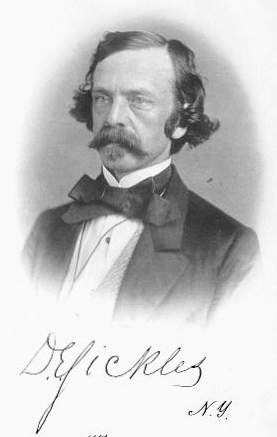 Daniel Edgar Sickles was born into a respectable family in New York City in 1819. He found work in a print shop and later studied law. So far, so good.
Daniel Edgar Sickles was born into a respectable family in New York City in 1819. He found work in a print shop and later studied law. So far, so good.
Then things somehow went haywire.
At age 33, he married a 15 year-old girl, understandably upsetting both their families. He was elected to New York’s state legislature, and was soon officially reprimanded for bringing a prostitute into the Senate chamber (a huge no-no in Victorian times). But that was child’s play compared to what happened next.
A stint in Congress followed. It didn’t take long for Sickles to make himself notorious there, too.
He discovered his wife was having an affair with Washington, DC district attorney Phillip Barton Key, son of Francis Scott Key, the guy who wrote the words to the Star Spangled Banner. Sickles spotted Key in Lafayette Park, across the street from the White House, pulled out a gun and shot him dead. Then he calmly walked to the U.S. Attorney General’s home, confessed to the crime and turned himself in.
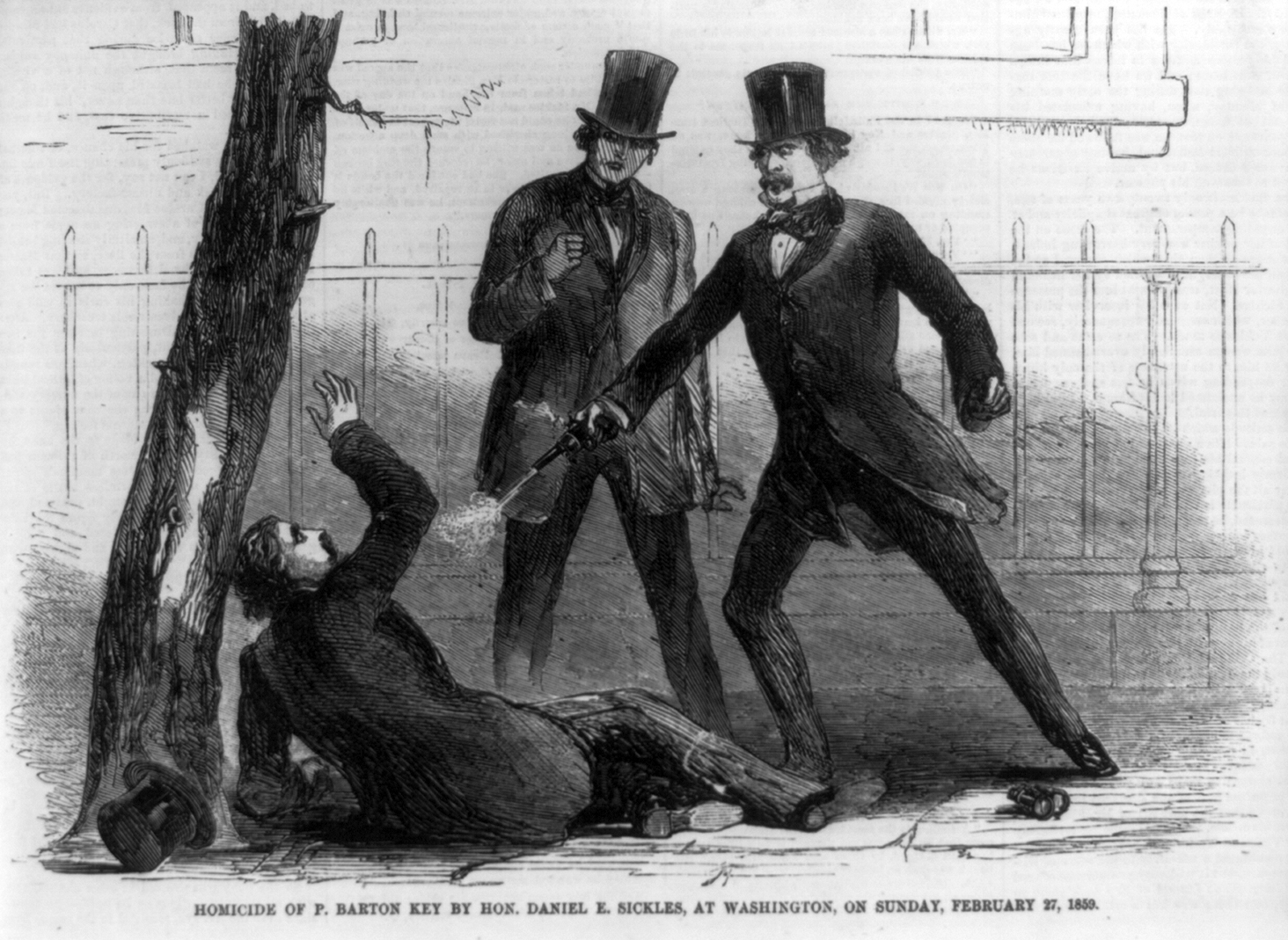 If the 24-hour news cycle had existed in 1859, Key’s murder would have been major breaking news. But get this: the Congressman Killer got the kid glove treatment behind bars. So many U.S. Senators, Congressmen and high society types flooded the jail to visit him, Sickles was allowed to use the jailer’s personal apartment. President James Buchanan sent a handwritten note of encouragement. Sickles was even allowed to keep the murder weapon.
If the 24-hour news cycle had existed in 1859, Key’s murder would have been major breaking news. But get this: the Congressman Killer got the kid glove treatment behind bars. So many U.S. Senators, Congressmen and high society types flooded the jail to visit him, Sickles was allowed to use the jailer’s personal apartment. President James Buchanan sent a handwritten note of encouragement. Sickles was even allowed to keep the murder weapon.
He hired a team of high-priced attorneys, including future Secretary of War Edwin Stanton. Problem: how do you defend someone who did the deed in broad daylight and then admitted it? First, they got Mrs. Sickles to submit a tear-jerker written statement, ruefully confessing her infidelity. The judge didn’t allow it to be admitted as evidence, but Sickles made sure the newspapers ran it. Then Stanton took a bold gamble, using a legal technique that had never been tried before in the United States. He argued that Sickles was so enraged when he learned of his wife’s affair, he was momentarily driven to madness, and thus wasn’t responsible for pulling the trigger. It was, in other words, temporary insanity.
And it worked. Sickles was acquitted. But his popularity instantly vanished because of what he did next.
Americans were outraged! Not because he had killed a man, not because Sickles had literally got away with murder thanks to a dubious legal defense, but because he stayed married to a “fallen woman.” That was the biggest scandal of all.
He didn’t resign his House seat, but his approval ratings nosedived, forcing him to keep a very low profile. Dan Sickles knew he had to do something, fast, to restore himself to the public’s good graces.
And then the Civil War came to his rescue.
It was a godsend for a fellow looking to redeem himself. Patriotism, the famous saying goes, is the last refuge of a scoundrel. Sickles wrapped himself in the flag. He made a big show of putting on a blue uniform and marching off to war as the colonel of a New York infantry regiment. An added stroke of good luck made Fortune smile on him.
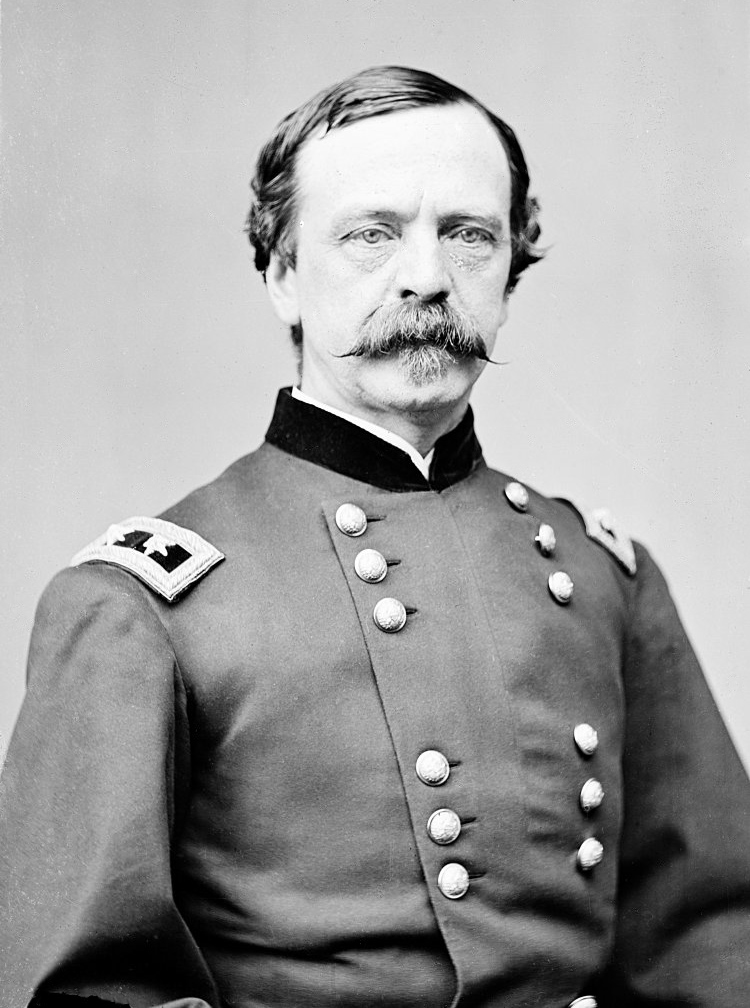 Sickles was a Democrat. President Lincoln, his Cabinet and the leaders of Congress were all Republicans. They needed to make sure a healthy number of their partisan rivals were given high profile commands to avoid looking like it was a “Republican War.” So within a few short weeks, Colonel Sickles was given a general’s star. He shrewdly cemented friendships with men in positions to help him. Little surprise, then, that by 1863 he commanded an entire corps of the Army of the Potomac.
Sickles was a Democrat. President Lincoln, his Cabinet and the leaders of Congress were all Republicans. They needed to make sure a healthy number of their partisan rivals were given high profile commands to avoid looking like it was a “Republican War.” So within a few short weeks, Colonel Sickles was given a general’s star. He shrewdly cemented friendships with men in positions to help him. Little surprise, then, that by 1863 he commanded an entire corps of the Army of the Potomac.
Fast forward to July of that year. Sickles’ corps was ordered to take up position south of Gettysburg. Sickles didn’t like the spot; he had a better idea. Against orders, and without even bothering to tell anyone, he sent his men several hundred yards forward into a peach orchard, sticking way out from the rest of the Union line and making them vulnerable to attack from multiple sides.
 About this time, Union commander George Meade ordered all corps commanders to meet at his headquarters. “Where’s Dan Sickles?” he asked when everyone had assembled. An officer pointed to the peach orchard. History failed to record the torrent of obscenity that likely followed.
About this time, Union commander George Meade ordered all corps commanders to meet at his headquarters. “Where’s Dan Sickles?” he asked when everyone had assembled. An officer pointed to the peach orchard. History failed to record the torrent of obscenity that likely followed.
Meade jumped on his horse, galloped to the orchard and, in language that was probably much stronger than I use on this website, demanded to know what the heck was going on.
“You want me to pull back my troops?” the Congressman-killer-general asked.
No! That was the only thing that would make them more vulnerable than the idiotic position they were now in (it being incredibly easy to mow down men in marching formation who aren’t shooting back at you). Hold your ground and prepare for the attack that’s bound to come soon, Meade barked as he raced back to his meeting.
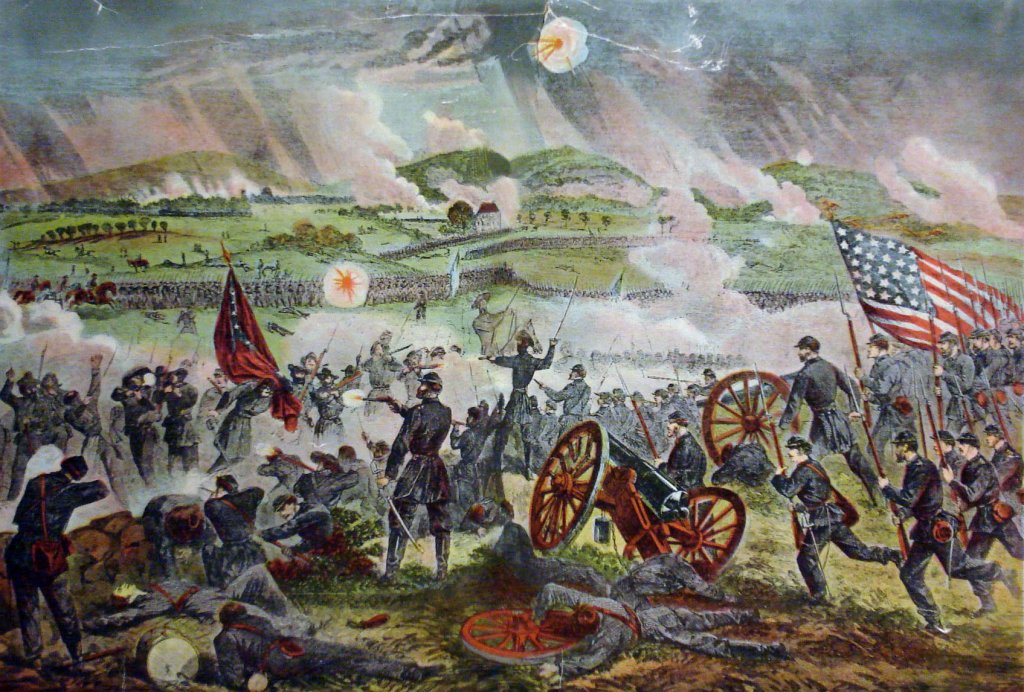 And what an attack it was, too. The Confederates fell upon Sickles’ men like a thunderstorm, smashing through them with sheer fury.
And what an attack it was, too. The Confederates fell upon Sickles’ men like a thunderstorm, smashing through them with sheer fury.
Right then, in the midst of all the carnage, a cannonball slammed into Sickles’ right leg, mangling it beyond hope of recovery.
To his credit, Sickles behaved with admirable coolness. He ordered another general to assume command of the corps, and inspired his men as he was carried to the rear on a stretcher by calmly smoking a cigar while shouting words of encouragement. The leg was amputated a few hours later. Sickles was sent to Washington the next day to recover, where he stayed busy telling reporters his version of events, thus making sure Dan Sickles looked very good in newspaper accounts of the battle. President Lincoln and his young son Tad even visited him in the hospital. And while Sickles healed, his amputated leg was right there with him.
It sounds creepy today, but there was actually a sound reason for keeping the lost limb. The Army’s Surgeon General had recently asked that “specimens of morbid anatomy … together with projectiles and foreign bodies removed” be forwarded to the brand new Army Medical Museum in Washington. Studying all those body parts produced big advancements for medical science.
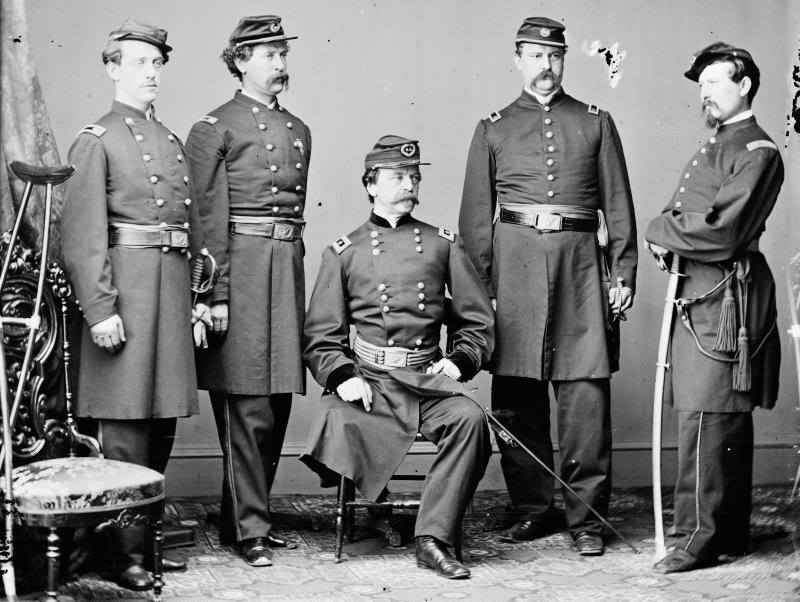 The general wanted to be helpful… but in true Sickles style, he carried it to an extreme. He had a special wooden coffin made for his bones, accompanied by a card reading, “With the compliments of Major General D.E.S.” For years thereafter, Sickles went to the museum and visited the leg on the amputation’s anniversary. Very strange, even for Victorian times, where strangeness was often the rule rather than the exception.
The general wanted to be helpful… but in true Sickles style, he carried it to an extreme. He had a special wooden coffin made for his bones, accompanied by a card reading, “With the compliments of Major General D.E.S.” For years thereafter, Sickles went to the museum and visited the leg on the amputation’s anniversary. Very strange, even for Victorian times, where strangeness was often the rule rather than the exception.
Sickles recovered, and spent the next 50 years hobbling around on crutches. What about the fallout for his disobeying Meade’s orders at Gettysburg? There was none. Sickles’ friends in high places guaranteed there was no court martial.
He stayed in the army, but when Grant took command the following year, he made sure Sickles stayed out of the field, preventing him from getting more good men needlessly slaughtered as he had in the peach orchard.
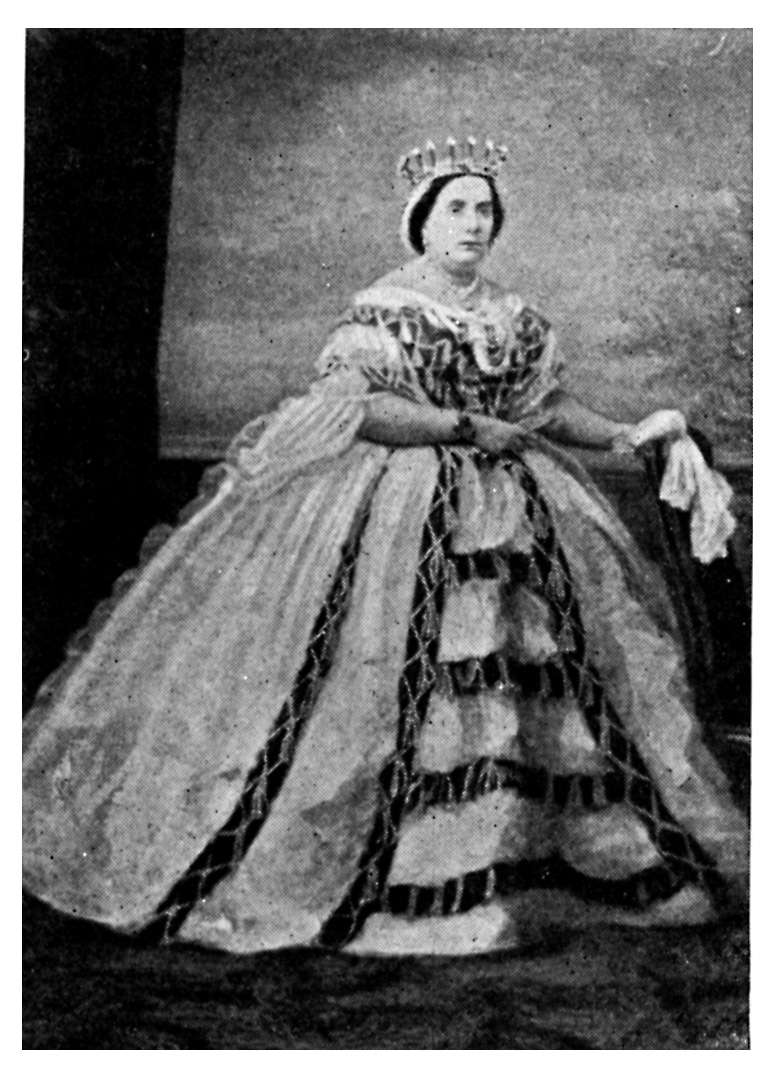 When the war ended, he went on to serve as U.S. ambassador to Spain, where Grant (now President Grant) figured Sickles couldn’t get into mischief.
When the war ended, he went on to serve as U.S. ambassador to Spain, where Grant (now President Grant) figured Sickles couldn’t get into mischief.
Grant figured wrong.
Even with crutches and one leg, Sickles remained a ladies man. It was widely believed he had an affair with Spain’s Queen Isabella II. This much is certain: in 1871, he married a wealthy and beautiful Senorita (his poor, soiled dove of a first wife having died of tuberculosis a few years earlier at age 31). Eventually returning home, Sickles held bureaucratic posts, served as Sheriff of New York, and was even elected to Congress one final time at age 73.
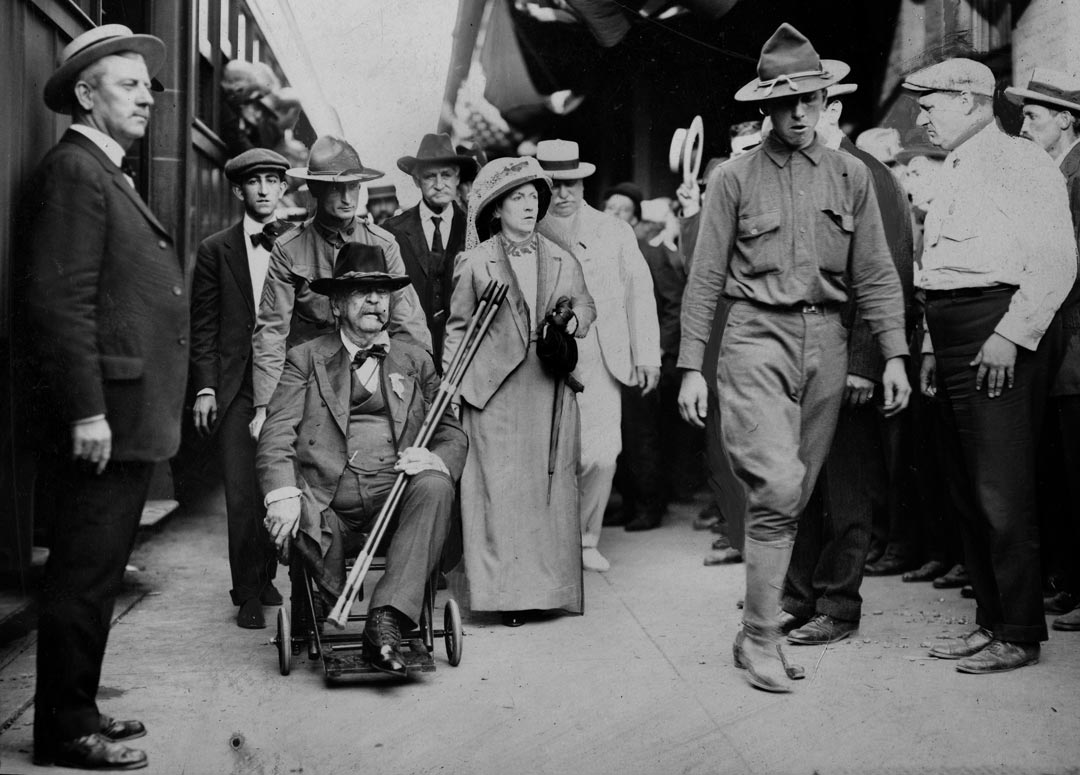 Incredibly, the man who had defied his commander’s orders was given the Congressional Medal of Honor at age 75 for his “heroism” at Gettysburg! (Again, it paid to know the right people.)
Incredibly, the man who had defied his commander’s orders was given the Congressional Medal of Honor at age 75 for his “heroism” at Gettysburg! (Again, it paid to know the right people.)
His wounded body finally wore out in 1914, and tens of thousands of people lined New York’s street for his funeral procession. He was ultimately laid to rest in a hero’s grave in Arlington National Cemetery.
But Sickles remained Sickles right up to the very end. For many years, he served on a commission that raised money to erect monuments to New York’s Civil War soldiers … until the day $27,000 (about $125,000 in today’s money) turned up missing. That was the end of his association with the commission.
All the major Union commanders at Gettysburg are represented by statues there … except Sickles. Asked about that omission toward the end of his life, he replied with characteristic bravado: “The entire battlefield is a memorial to Dan Sickles.”
 He’s been gone for more than 100 years now, but you can get a glimpse of Sickles at Washington’s National Museum of Health and Medicine, where his leg bones are still on public display.
He’s been gone for more than 100 years now, but you can get a glimpse of Sickles at Washington’s National Museum of Health and Medicine, where his leg bones are still on public display.
Love him or hate him, this much is beyond dispute: you’ll have to look far and wide to find anyone else like him.
Did you find this enjoyable or helpful? Please continue to join me each week, and I invite you to read Tell it Like Tupper and share your review!
Curious about Tell It Like Tupper? Here’s a chance to see for yourself. Take a sneak peek at a couple chapters in this free downloadable excerpt.



Pingback: Lincoln's Leak - J. Mark Powell